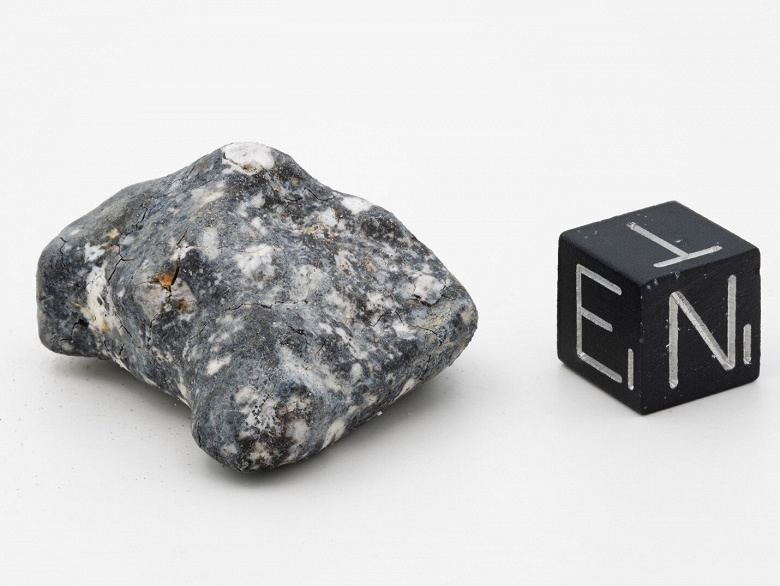There are only 11 other fragments of this type in meteorite collections around the world
The official classification of this asteroid matches what many suspected just by looking at images of the unusual meteorites that fell near Berlin on January 21, 2024. They belong to a rare group called «shaved».
«They were difficult to find because from afar they look like other rocks on Earth. But close up, not very— said SETI Institute meteor astronomer Dr. Peter Jenniskens.
«Even thanks to the excellent guidance of meteorite astronomers Dr. Pavel Spurny, Jiří Borovička and Lukas Šrbena from the Astronomical Institute of the Czech Academy of Sciences, who calculated the trajectory of the fall and predicted that these could be rare meteorites rich in enstatite, our search team initially could not find them on the ground», — Jenniskens said.
Unlike other meteorites, which have a thin crust of black glass due to melting as they pass through the atmosphere, these meteorites have a mostly translucent glass crust.
«We only noticed the meteorites after a Polish group of meteorite hunters made the first find and were able to show us what to look for. After that, the remaining fragments were quickly found by students of the Free University», — Jenniskens said.
These meteorites are fragments of the small asteroid 2024 BX1, first discovered using a telescope at the Konkoly Observatory in Hungary by astronomer Christian Sarnecki. NASA Scout and the European Space Agency's Meerkat Asteroid Guard assessment systems then predicted that the meteorite would enter Earth's atmosphere.
Jenniskens's staff at the Nature Museum announced that the first electron beam microprobe studies of one of the fragments of this meteorite confirm the typical mineralogical and chemical composition of an obrite-type achondrite. This result was submitted to the International Commission of Nomenclature of the Meteoritical Society on February 2, 2024 for study and confirmation.
The name comes from the village of Aubres in France, where the first similar meteorite discovered fell on September 14, 1836. There is a fragment of it in the museum's collection.
«Based on these data, we were able to relatively quickly make a rough classification», — said Dr. Ansgar Greschacke, scientific director of the museum's meteorite collection. «This highlights the importance of collections for research. So far, meteorite collections around the world contain only material from eleven other fragments of this type».
«The shaved pieces don't look like the fragments people usually think of as meteorites. They look more like gray granite and consist mainly of magnesium silicates enstatite and forsterite», — said Christopher Hamann of the Nature Museum, who was involved in the original classification and took part in the search. «It contains almost no iron, and the glassy crust, which is usually a good way to identify meteorites, looks completely different from most other meteorites. Therefore, shaved hair is difficult to detect in the field».

